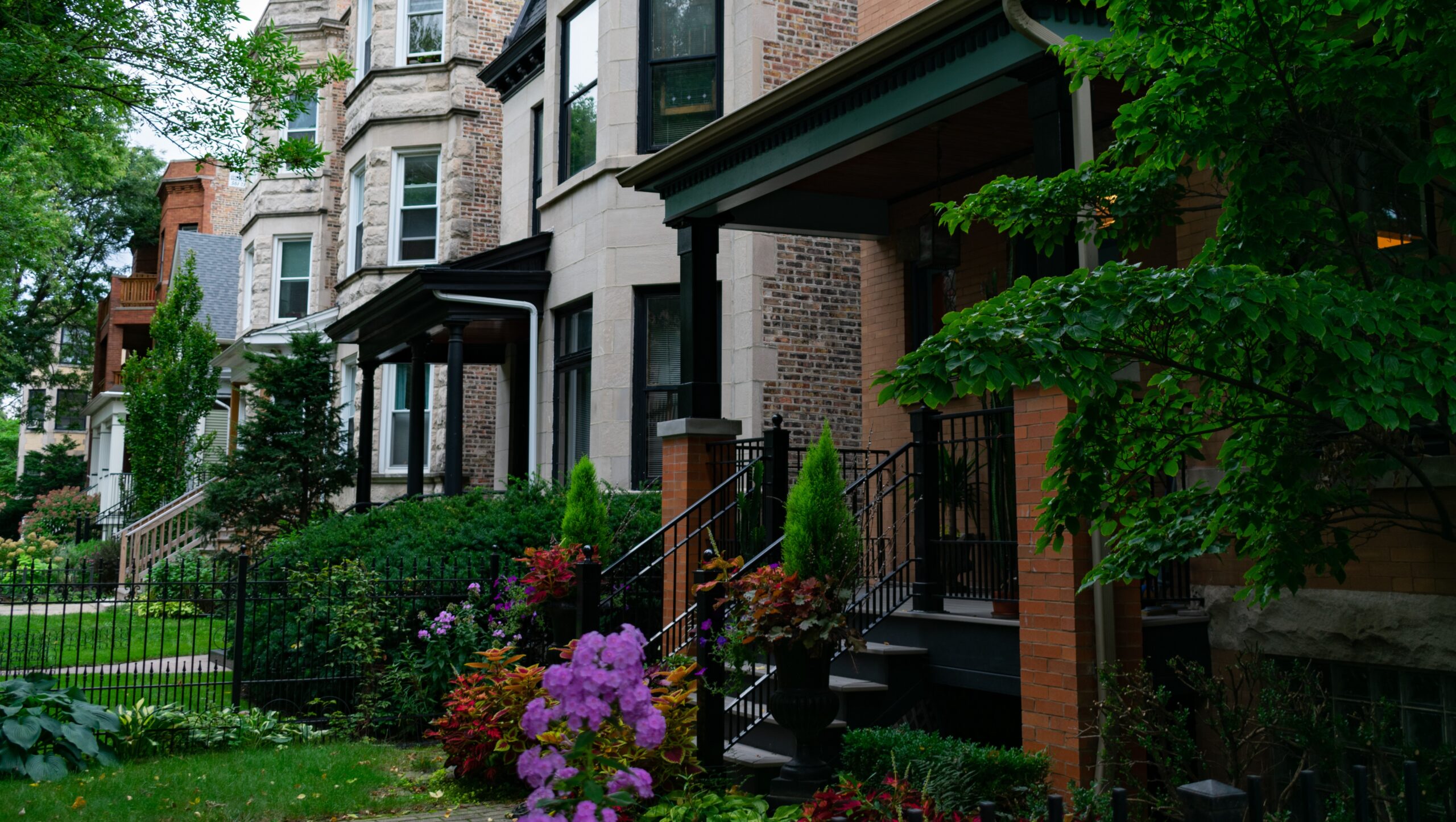How to Establish and Build Home Equity

Real estate investment is often times cited as a means to build wealth. Home equity, of course, is the most important statistic within this wealth building equation.
Home equity is a function of both regular mortgage payments and strengthening property values. Like all investments, real estate holdings will introduce distinct risks to your portfolio.
Ownership
Home equity is financial ownership. To calculate home equity, you will subtract your mortgage balance away from your home’s property value. For example, a $1 million home carrying a $700,000 mortgage calculates out to $300,000 in home equity.
After selling this home, you will pocket $300,000 (minus fees, commissions, and taxes) at the closing table. Home equity is not a liquid asset that can be easily converted into cash. A listed property may sit on the market for several months before being sold.
Mortgage Amortization
Mortgage amortization is the process of paying off housing debt. The bank collects mortgage interest in exchange for lending out the principal.
For diligent savers, home equity growth will accelerate exponentially over time, as a larger share of each regular mortgage payment goes towards principal. Investors out for a quick flip, however, are typically less concerned with the drudgery of paying off a fixed-rate mortgage.
Property Value
As an asset class, home values historically track the rate of inflation. Flippers, of course, will gladly welcome sudden spikes in real estate valuations to turn quick profits. For the prior example, a new, neighborhood bike trail proposal (Ex: Chicago 606) may increase the value of the home to $1,050,000.
The seller would then collect an additional $50,000, irrespective of any additional mortgage payments and amortization. A sophisticated investor may also opt to pledge his $350,000 as collateral for a home equity loan or line of credit.
Financial Risks
Aggressive investors may just as well find themselves underwater on their mortgages. In these negative equity situations, the mortgage balance is actually higher than the property value and the home cannot be sold to retire the debt.
Federal law grants banks permission to initiate the foreclosure process after 120 days of missed mortgage payments. The 2008 bust was a death spiral of collapsing property values, delinquency, and foreclosure.

